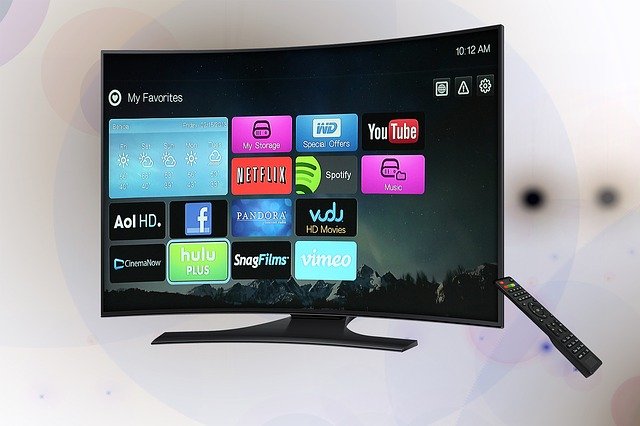If you’ve been paying attention to the world of streaming services, then you’ve probably noticed that the price that you pay each month has increased. Streaming services started as a way for people cutting cable and watch at least some of their favorite TV shows and movies at an affordable price.
With the increase in pricing, some consumers are wondering why this is happening since the services haven’t really changed that much. Most of the services that are available have increased their prices at least one time since they have been in business with some of the larger services increasing what they charge multiple times. Netflix is among the most recent service to increase prices, which has resulted in some consumers canceling their subscriptions or at least making it known that they don’t approve of paying more money each month. YouTube TV has also increased its prices in recent months without making a lot of changes to the content offered.
The Roots of Streaming Services
While YouTube has been around for several years, it wasn’t the first streaming service available. The TV service associated with YouTube didn’t begin until 2017 when about 40 channels were released with viewers being able to watch Fox, ABC, and others that they could watch on cable or satellite services. The price was $35 a month when the service launched. While there were benefits of the service, there were also some things that viewers noted that could be changed. Viacom and similar companies own channels that they won’t divide, which means that streaming services usually have to fight to get the content that they want so that customers are happy. Being able to pick and choose which channels you want to view hasn’t been an option for this very reason. This is also why you can’t just pay for one or two channels. Instead, you pay for the entire package. Services tend to make deals in order to get the channels that viewers want, but it means that viewers typically have to pay more money each month.
Bundles
YouTube TV made the decision to increase the monthly price to $40 in 2018 because it was able to add TNT, CNN, and TBS to its lineup. When Discovery channels were added in 2019, the price increased to $50 a month. In 2020, Viacom channels were added, which resulted in the monthly price increasing to $65. Viewers saw that the price increased from $35 to $65 within three years simply because of a few more channels that were added to give a grand total of 85 instead of 40 to view. Hulu, Sling TV, and Fubo have increased their prices in a similar fashion while also adding similar channels.
Who Calls the Shots?
While you might think that the streaming service is to blame for the price increase, it’s not necessarily all their fault. They have to deal with the companies that own the channels, which means paying what the parent company wants if they want to offer more content. Unfortunately, this means that the increase in the number of channels typically means an increase in pricing. When a parent company owns a popular channel or two, the streaming service has to get the whole deal or go without, which could result in losing viewers because they don’t offer the content that other streaming services have.
Related Posts:
